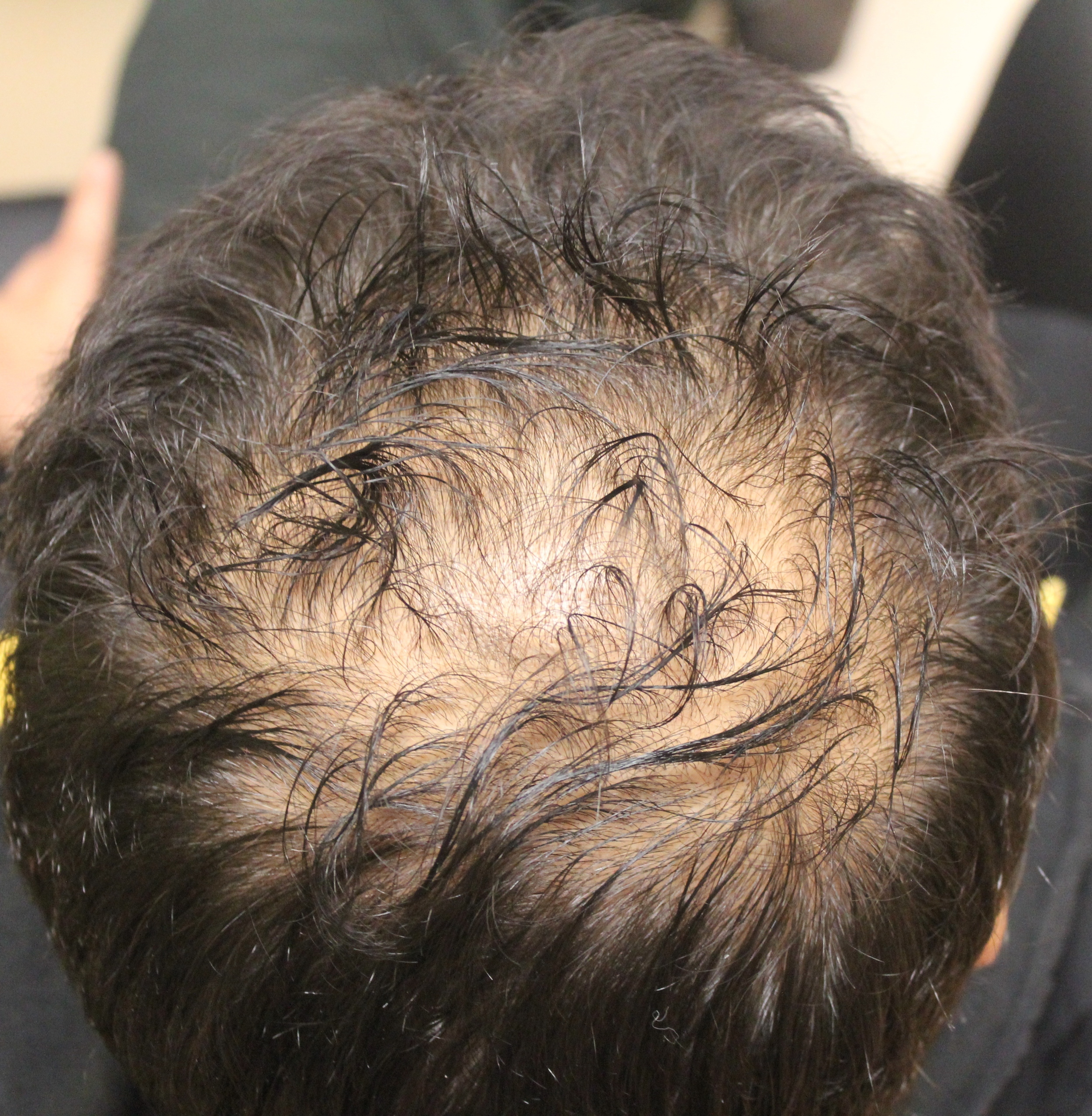Machine settings for Platelet rich plasma: A Look at Hematocrit
What is Platelet rich plasma?
Platelet rich plasma or "PRP" continues to be studied as to its precise role in the treatment algorithms for many types of hair loss.
The PRP procedure involves taking 60-120 mL of a patient's blood, spinning it down in a dedicated centrifuge machine to obtain PRP and then injecting the PRP back into the patient's scalp. The procedure takes about 1 hour.
All PRP is not equal
One common misconception is that all PRP is equal. The reality is that different machines produce different quality of PRP. Even the settings I type into the actual PRP machine affect the characteristics of the PRP I am able to produce for the patient.
A look at the "hematocrit"
A great example of this concept of differences in PRP is the "hematocrit". Hematocrit refers to the amount of red blood cells that are allowed to enter the final PRP.
If I set the PRP machine at a hematocrit setting of 7 % (high hematocrit), I produce a more red colored PRP (like shown on the left). This contains more platelets per liter and also contains more neutrophils (inflammatory cells). It also contains higher concentrations of growth factors like TGF beta and platelet derived growth factor (PDGF).
If I set the machine at a hematocrit of 2 % (low hematocrit), we produce a more yellow colored PRP (like shown on the right). This contains fewer platelets per mL and also contains fewer inflammatory cells, lower concentrations of growth factors like TGF beta and platelet derived growth factor (PDGF).
I generally like a higher hematocrit setting (7%) for treating genetic hair loss and a lower hematocrit setting (2%) for treating alopecia areata. Studies are ongoing to determine which is best and if these settings really make a difference.
REFERENCE
Sandman et al. Growth factor and catabolic cytokine concentrations are influenced by the cellular composition of platelet rich plasma. American Journal of Sports Medicine 2011.
This article was written by Dr. Jeff Donovan, a Canadian and US board certified dermatologist specializing exclusively in hair loss.





![mature%20and%20balding[1].jpg](https://images.squarespace-cdn.com/content/v1/5243dccde4b08fd9e4fc92ef/1381296519700-CV7E2TO9YL5WSSBWOS9F/mature%2520and%2520balding%5B1%5D.jpg)



